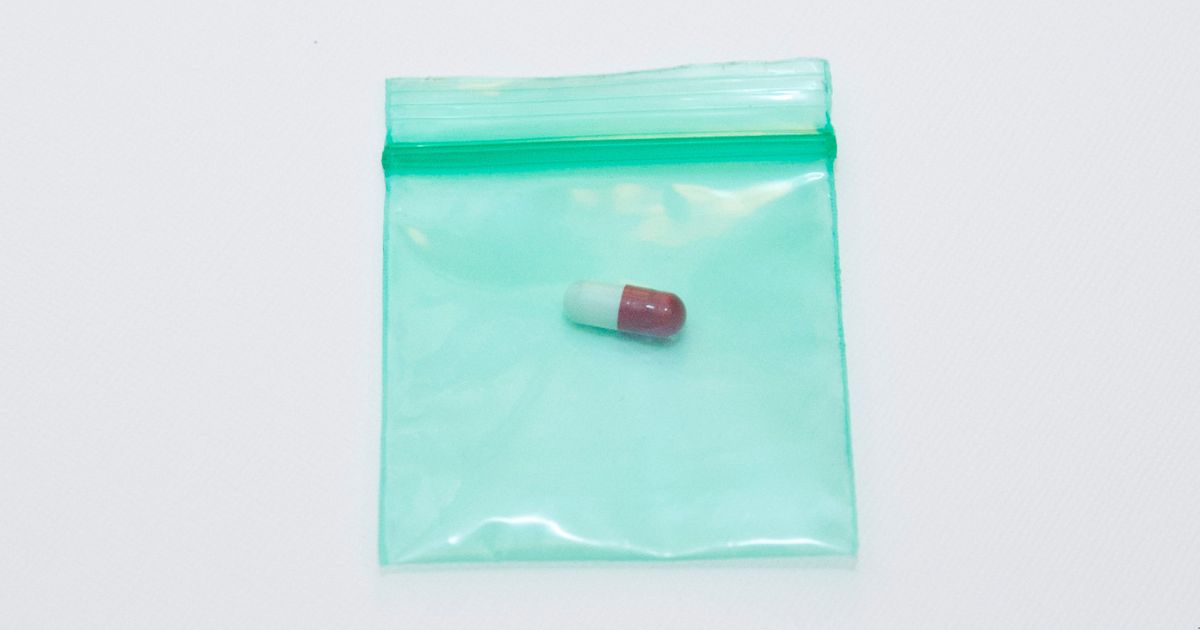Alcohol use disorder (AUD), also known as alcoholism, is one of the most common addictions in the United States. According to the National Survey on Drug Use and Health, from 2023, 28.9 million Americans aged 12 and older – 10.2% of the population – suffered from AUD in the past year. In many cases, this is due to genetics – alcoholism runs in many families, and there are several genes that affect one’s risk for the disease.
In this article, we’ll address to what extent alcoholism is genetic vs environmental, the genes for alcoholism, and what individuals can do to manage their risk.
What Is Alcoholism?
Alcoholism is a chronic condition in which a person is unable to control their level of drinking, especially when it starts to noticeably and negatively impact their life. It involves both physical and psychological dependence and is a condition that generally gets worse over time if not addressed through alcohol addiction treatment.
Key features of alcoholism include:
- Craving: A strong urge or compulsion to drink alcohol.
- Loss of control: Inability to limit drinking on any given occasion.
- Physical dependence: Experiencing withdrawal symptoms such as nausea, sweating, shaking, or anxiety when alcohol use is stopped.
- Tolerance: Needing to drink more alcohol to achieve the same effects or feeling less impact from the same amount of alcohol.
One major feature as well is that, as mentioned before, alcoholism has a heavy genetic component. Children of parents with AUD are about four times as likely to develop drinking problems than the general population.
When alcoholism manifests, there are several different forms it can take:
- Binge drinking: Consuming large quantities of alcohol in a short period. For men, this equates to five or more drinks in two hours, and for women, it is four or more in the same time frame.
- Heavy drinking: Regularly consuming alcohol in excessive amounts – essentially five or more instances of binge drinking in a month. This is usually 15 or more drinks per week for men and 8 or more weekly for women.
- Persistent drinking: The inability to cut down or stop drinking despite wanting to do so.
The consequences of alcoholism can be severe and life-wrecking. They include health problems like liver disease, cardiovascular issues, mental health disorders like Wernicke-Korsakoff Syndrome, and socio-economic difficulties. Treatment for AUD often involves counseling, support groups, and sometimes medication to manage cravings and withdrawal symptoms.
Statistics About Alcoholism
There is a wealth of information regarding alcoholism in the United States, and the statistics are sobering:
- Approximately 95,000 people die each year from alcohol-related causes (about 68,000 men and 27,000 women).
- Around 30% of chronic liver disease cases and 40%-50% of cirrhosis deaths are alcohol-related.
- Fifteen percent of liver cancer cases and eight percent of breast cancer cases are due to alcoholism.
- Alcohol use is implicated in about 40% of violent crimes, including assault and domestic violence. Alcohol is involved in 40% of sexual assault cases and 55% of homicide cases.
- The economic cost of excessive alcohol use in the U.S. is estimated at $249 billion per year (as of a CDC report in 2010). About 72% of this cost is due to lost productivity (e.g., absenteeism, reduced job performance, unemployment).
- Up to 60% of a person’s vulnerability to developing alcohol use disorder (AUD) is attributed to genetic factors.
These statistics reflect the broad societal, economic, and health-related toll of alcoholism in the U.S., affecting not just individuals with AUD but also families, communities, and the broader economy.
Is Alcoholism Genetic?
Alcoholism, or alcohol use disorder (AUD), has a complex relationship with genetics and family history. While environmental and social factors certainly influence the development of alcoholism, genetics plays a significant role as well. Research indicates that between 50 and 60% of the risk of developing alcoholism is based on genetic factors.
What this indicates is that your family history can heavily influence your propensity for alcoholism. Children of parents with alcohol use disorder are four times more likely to develop the condition themselves.
Those with mental illnesses like depression, anxiety, or bipolar disorder are also at increased risk for alcohol use disorder. People with these conditions often turn to alcohol as a way of self-medicating to cope with their symptoms. Studies show that 40%-70% of people with bipolar disorder also have a substance use disorder, with alcohol being the most commonly misused substance.
Get confidential help from our addiction treatment specialists in Orange County. Call to join our rehab program today!
Call 866-881-1184What Does Genetic Predisposition Mean?
Genetic predisposition refers to an increased likelihood or susceptibility to developing a particular disease or condition due to a person’s genetic makeup. It means that a person has inherited specific genes or gene variations that make them more likely to develop a certain condition, such as alcoholism, heart disease, or certain types of cancer.
It’s important to remember that disposition is not predestination – just because you have certain genes associated with alcoholism doesn’t mean you are necessarily going to become an alcoholic. Your choices regarding how to live your life play a big role.
Is There a Gene for Alcoholism?
While there is no single gene for alcoholism, there are multiple genes that increase one’s predisposition for the disease.
These include:
- DRD2 – Encodes the dopamine D2 receptor, a key component in the brain’s reward system, particularly related to the release and reception of dopamine, the “feel-good” neurotransmitter. People with certain DRD2 variants may be more prone to alcohol dependence because they experience greater pleasure from drinking.
- ADH4 – Encodes another member of the alcohol dehydrogenase family, which plays a role in the metabolism of ethanol, especially in the stomach and liver. Alterations in this gene have been associated with a higher susceptibility to alcoholism.
- GABRA2 – Encodes a subunit of the GABA-A receptor, which is involved in inhibitory neurotransmission in the brain. GABA is the primary inhibitory neurotransmitter that calms the brain and nervous system. Variants in GABRA2 have been linked to a higher risk of alcoholism because it can enhance alcohol’s sedative, relaxing effects.
- CHRM2 – Encodes a receptor for acetylcholine, a neurotransmitter that plays a role in memory, learning, and mood regulation.
- KCNJ6 – Encodes a potassium channel protein involved in regulating electrical activity in neurons, which impacts neurotransmission and brain function. Variants of this gene may alter brain activity related to reward and motivation, increasing the risk of developing alcoholism.
All of these genes, in combination with environmental factors, play a role in the complex risk of developing alcohol use disorder.
Alcoholism: Nature vs. Nurture
As with most aspects of a person’s life, one’s propensity toward alcoholism is governed by a complex interplay of nature and nurture. While neither genes nor environment alone can predict alcoholism, both interact in complex ways to increase or decrease a person’s risk.
Environmental factors play a critical role in influencing alcohol use, either spurring or protecting against the development of alcoholism. Family and upbringing are major factors. Growing up in a household where alcohol use is normalized or where parents misuse alcohol can increase the risk of children adopting similar behaviors and raise the risk for fetal alcohol syndrome. In contrast, children raised in alcohol-free homes or those where responsible drinking is modeled may have a lower risk.
Stress and trauma can also play a significant role. Life stressors, such as trauma, abuse, financial difficulties, or relationship problems, can lead to alcohol abuse as a coping mechanism. Individuals who experience early-life adversity are at a higher risk of developing alcohol dependence, particularly if they have a genetic predisposition.
Family History and Alcoholism
If alcoholism runs in your family, that doesn’t mean you’re doomed to become an alcoholic. The first thing here is awareness and education – being aware of your family history of alcoholism will allow you to make more informed choices about your drinking habits. You may limit your intake to avoid developing dependence or even abstain from drinking altogether.
Learning non-alcoholic ways to cope with emotions, such as exercise, meditation, therapy, or hobbies, can also reduce the risk of alcohol abuse. Developing effective coping skills early in life is crucial for those with a family history of alcoholism.
Looking for quality substance abuse treatment that’s also affordable? South Coast accepts most major insurance providers. Get a free insurance benefits check now.
Check Your CoverageCan a Treatment Center Help Me End Alcoholism?
If you or a loved one are seeking treatment for addiction, South Coast Behavioral Health is here to help. The first step in treating addiction is a medical detox. This means using drugs to manage withdrawal symptoms.
Our medical detox program in California is staffed by caring and compassionate professionals who can provide you with medications to manage your withdrawal symptoms.
At South Coast, we take pride in offering care that is closely tailored to specific issues. To that end, we offer gender-specific detox programs, with medical detox for men in Irvine, CA, and medical detox for women in Huntington Beach, CA.
After detoxing, proper treatment can begin.
Treatment for substance abuse takes place along an entire spectrum of care. Along that entire spectrum are various behavioral therapies, support groups, and the use of medically-assisted treatment (MAT).
These levels of treatment are, in order, as follows:
Residential Treatment in California
After successfully completing medical detox, you’ll receive inpatient treatment in Orange County, California. There, you’ll receive medically-assisted treatment and dual diagnosis treatment to deal with any cravings or co-occurring mental health issues you may be battling. Counseling modalities like cognitive behavioral therapy will be used to address the drivers of your addiction.
We also offer residential treatment facilities in Costa Mesa, Irvine, and Huntington Beach for those who desire gender-specific treatment. There, patients get round-the-clock medical attention and monitoring while living at the institution full-time.
In addition to individual and group counseling and medication management, you’ll also have access to leisure activities and family support services.
Partial Hospitalization in California
Most clients start substance abuse treatment with South Coast in our residential treatment program. After completing that, many desire something that still provides structure and support but with extra space and time to oneself. For that, we offer Partial Hospitalization in Newport Beach.
A step down from inpatient care but with more structure than conventional outpatient programs, partial hospitalization offers a good balance for those looking to ease back into normal life. Clients can receive care five to seven days a week for a number of hours each day, returning back to their homes in the evening.
This way, they can recover without putting their daily lives completely on hold, receiving intense therapeutic interventions like group and individual therapy, skill development, and medication management as necessary.
Intensive Outpatient Treatment in California
For those leaving inpatient residential treatment or partial hospitalization, intensive outpatient programs (IOP) are yet another gradual step forward on the road to recovery.
With a focus on group therapy, individual counseling, and education, clients undergoing Intensive Outpatient Treatment in Newport Beach can meet three to five days a week. Each session lasts three hours.
This level of care requires the least amount of attendance at a facility.
Start Today
There are many risk factors for alcohol abuse and alcoholism. If you or a loved one are struggling with addiction but wonder how long addiction treatment takes or have other questions, call us at 866-881-1184 or contact us here. Our highly qualified staff will be happy to help give you an idea of what to expect from your addiction recovery timeline, verify your insurance, and assist with any other questions you may have.
- Alcohol Use Disorder (AUD) in the United States: Age Groups and Demographic Characteristics | National Institute on Alcohol Abuse and Alcoholism (NIAAA) (nih.gov)
- Assessing the Genetic Risk for Alcohol Use Disorders – PMC (nih.gov)
- Understanding Alcohol Use Disorder | National Institute on Alcohol Abuse and Alcoholism (NIAAA) (nih.gov)
- Alcohol, Aggression, and Violence: From Public Health to Neuroscience – PMC (nih.gov)
- Alcohol Use in Families (aacap.org)
- The prevalence and significance of substance use disorders in bipolar type I and II disorder – PMC (nih.gov)









